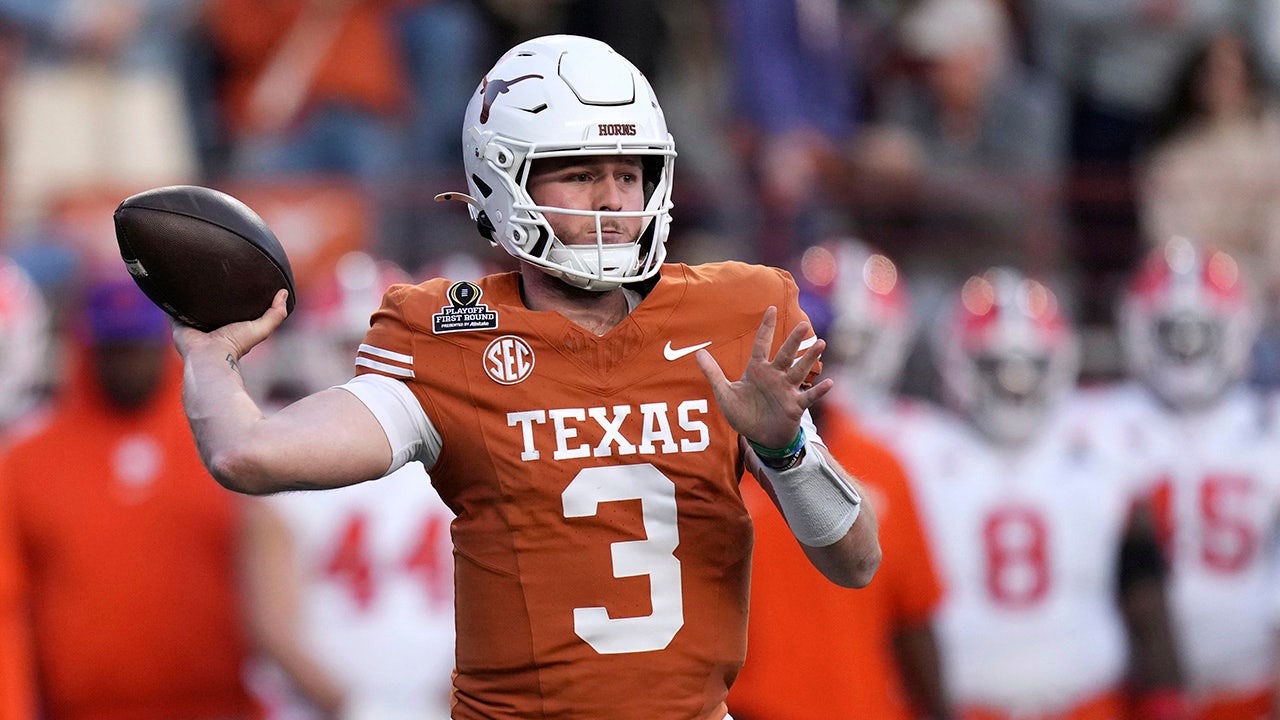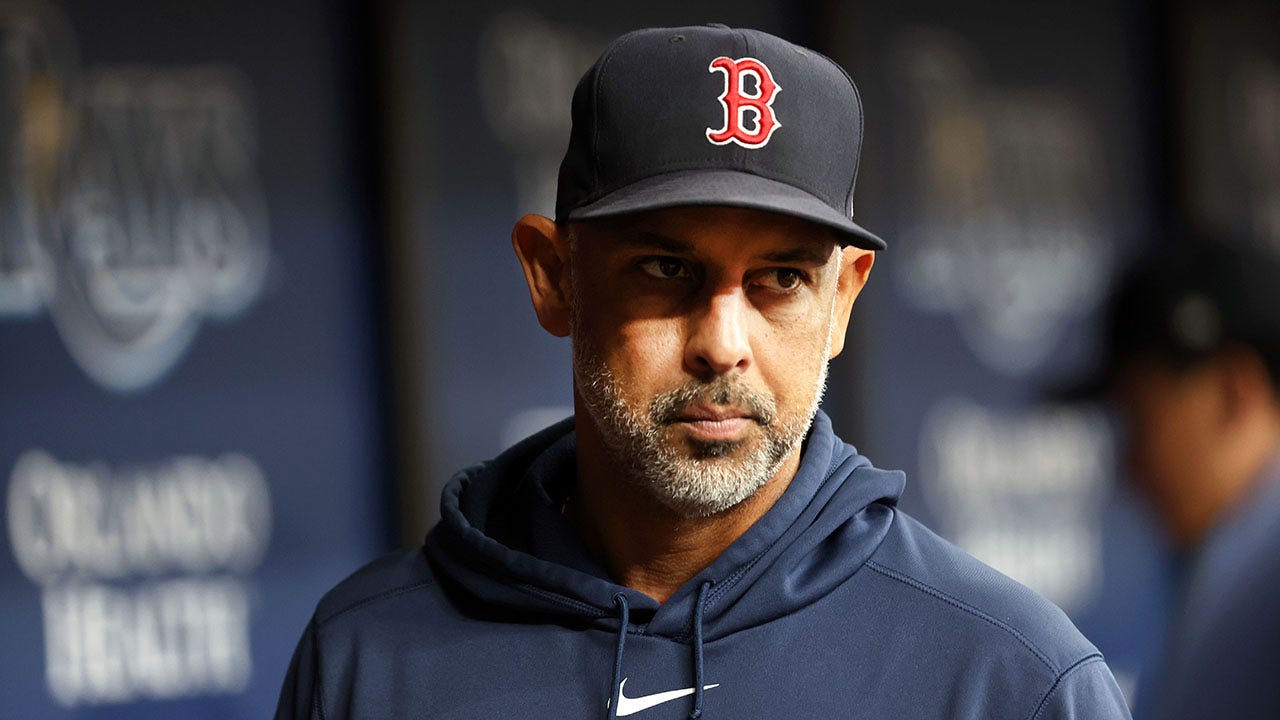The United Auto Workers’ six-week strike against Detroit’s Big 3 automakers looks set to end now that union leaders have struck tentative agreements with Ford, General Motors and Stellantis on new labor contracts.
Labor experts described the enhanced pay and benefits as a victory for the UAW and its 146,000 workers. Although union chief Shawn Fain didn’t deliver on all of his demands, which included a 32-hour week, the UAW’s hardball tactics appear to have paid off, said Lynne Vincent, a business management professor at Syracuse University.
“The UAW’s strategy to negotiate with and strike at the three automakers simultaneously paid off with seemingly strong agreements at all three organizations,” she said.
Although the agreements differ at the margins, workers at each of the automakers will receive the same top-line benefits. Details on the terms for employees at Stellantis (owner of Chrysler, Dodge, Jeep and Ram) and GM have yet to be released, but here’s a snapshot of what unionized autoworkers are expected to get under the new labor deals.
Wage hikes
Workers at all Big 3 automakers will see a 25% increase in their hourly pay across the four-and-half years of the contract. In their previous contract, which ran between 2019 and 2023, workers at the Big 3 received a 6% wage increase every year.
Under their deal, Ford and Stellantis employees will see an immediate 11% increase in their pay. GM and the UAW on Monday didn’t immediately specify wage increases.)
Hourly pay at Ford will jump from $32.05 to $42.60 for assembly-line workers and from $36.96 to $50.57 for skilled trades employees, according to the preliminary contract. The UAW didn’t release hourly pay details in their GM and Stellantis as of Monday.
Cost of living adjustments
Employees at the Big 3 will receive regular cost of living adjustments along with wage increases. At Ford, the increase will be based on a three-month average of changes in the consumer price index, with workers set to receive their first COLA payment in December. Specifics on GM and Stellantis’ COLA payments were not released Monday, but they are likely to be similar.
The automakers stopped offering COLAs in 2007 to save cash as the companies ran into financial headwinds shortly before the housing crash.
Faster path to top wages
Newly hired factory workers at the Big 3 will start earning the companies’ top wage more quickly. At Ford and Stellantis, for example, full-time employees will make the top pay after three years on the job. Under the previous contracts, it took workers eight years to reach the highest salary tier.
Two-tier wage system eliminated
The UAW was partially able to convince automakers to abolish the two-tier wage system they adopted in 2007 as the companies were struggling financially — a key demand given that employees hired after that year could earn less than half for doing the same job than their longer-tenured coworkers.
At Ford, employees at Sterling Axle in Sterling Heights, Michigan, and Ford Rawsonville in Ypsilanti, Michigan, will no longer have the tiered system. Under the Stellantis deal, the two tiers have been eliminated at the company’s auto parts supply arm Mopar.














































